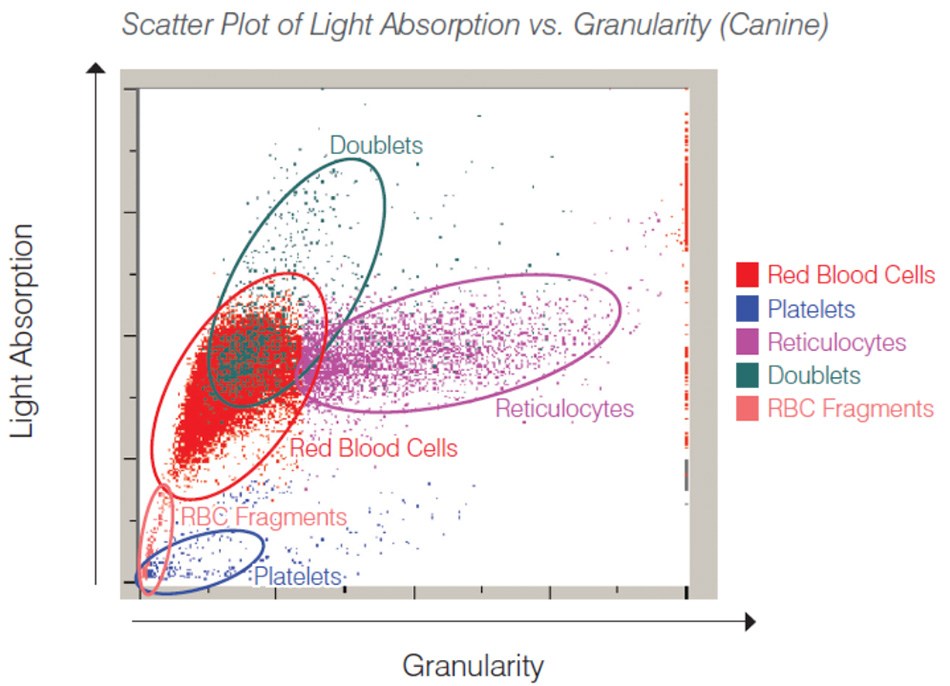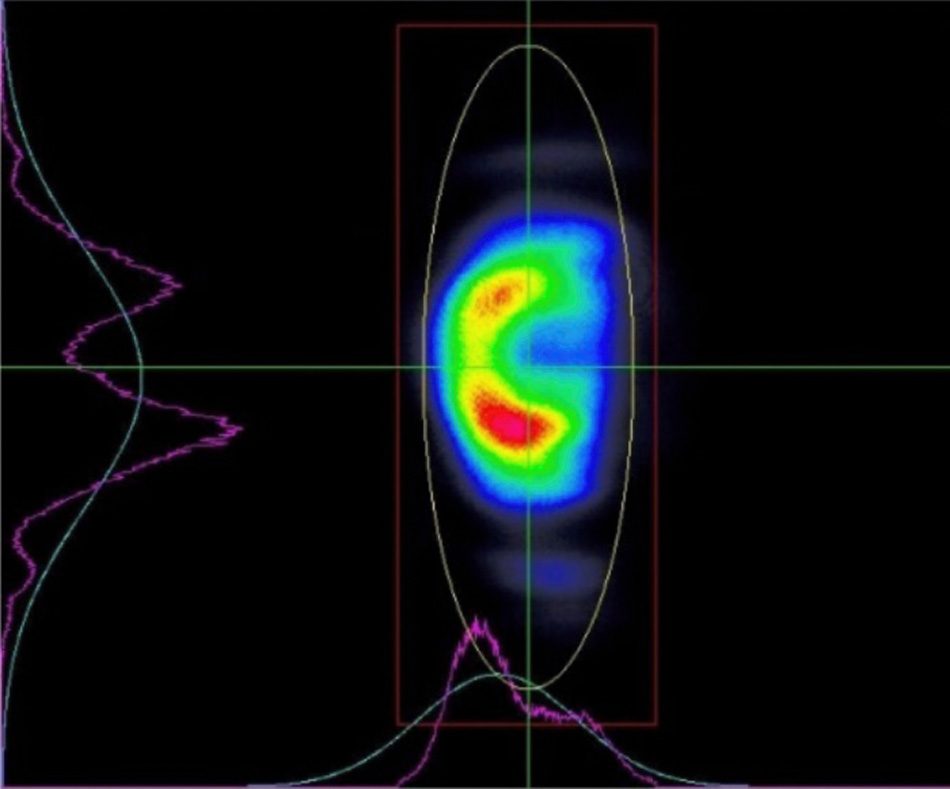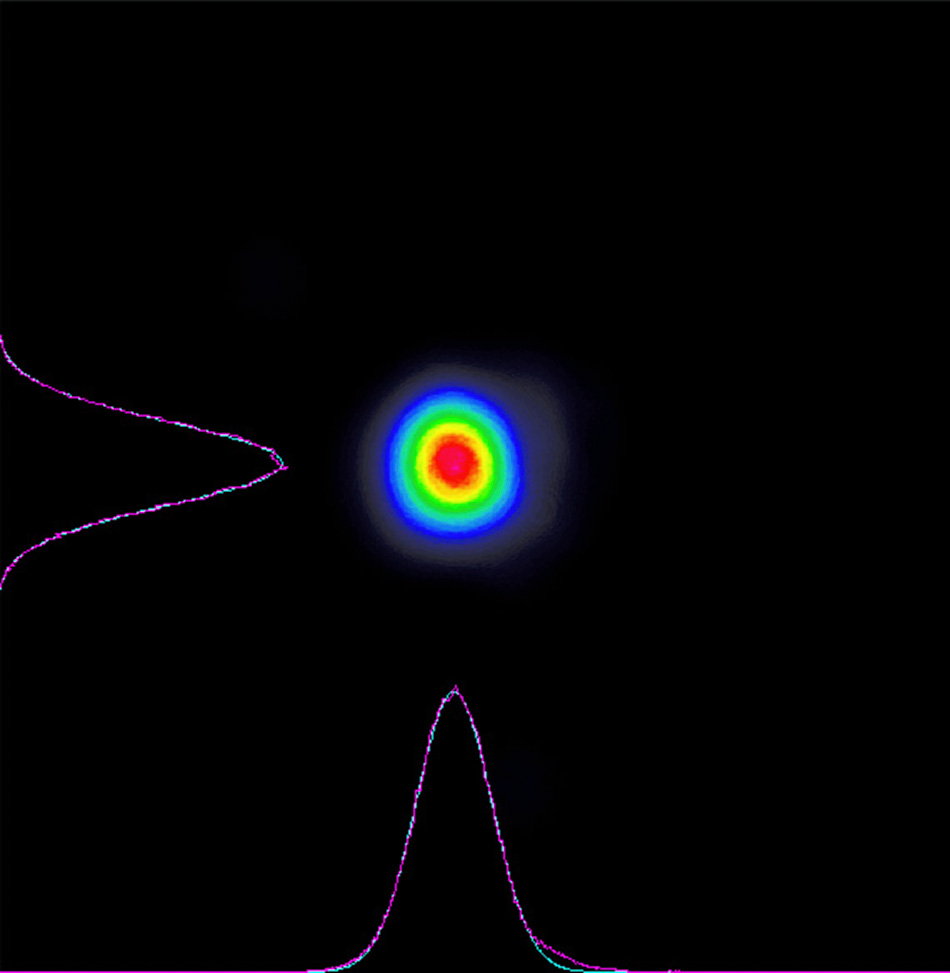SOLUTION BRIEF
Improving Data CV in
Multi-Parameter Flow Cytometry
Challenge
From clinical testing to Covid-19 related immunology research, there is a growing demand to increase the number of parameters in multi-parameter flow cytometry. Unfortunately, flow cytometry is a statistical method. Natural variations in cells and the amount of each fluorochrome that bind to individual cells mean that the plotted data form “dot clouds” rather than single points. Unambiguous counting therefore requires that the coefficient of variation (CV or rCV) of this data be minimized in every way possible in order to reduce overlap of the dot clouds.
Solution
The OBIS family of smart lasers from Coherent support an increased number of parameters with low CV in two ways. First, they have exceptional signal-to-noise (SNR) lasers characterized by low amplitude noise, high beam quality, and thermally stable pointing. This is a critical advantage since laser SNR contributes directly to data noise and hence the overall data CV. Second, these lasers utilize several different technologies to now deliver over 30 different excitation wavelengths. In particular, new UV and near-IR wavelengths can directly increase the detection spectral bandwidth. Increasing the bandwidth means more parameters can be measured in the same instrument while maintaining the same spectral separation. This has the same effect as lowering the data CV.
Beam quality affects the ability to generate near-uniform intensity across the flow stream. The impact of beam quality on instrument noise is partly dependent on the size of the targeted cells. Smaller cells have greater variation in their location in the flow stream and need better excitation uniformity. OBIS lasers produce a circular output beam with a beam quality parameter, typically less than M2 ≤1.2. This is well-matched to counting blood cells. In contrast, high M2 results in a non-uniform pattern in both the near and far fields.
OBIS lasers are also available with a choice of output powers and support direct modulation, enabling faster instrument throughput and reduced instrument complexity.
Benefit
No matter how well any instrument is designed and assembled, its performance is ultimately dependent on the performance of critical components. The lasers are arguably the most critical components in flow cytometry. Their performance should never be the limiting factor that increases data CV. Using OBIS lasers ensures optimum performance in the most demanding clinical and research applications.
Application Field
Multi-parameter flow cytometry, immunology, hematology, blood analysis.

Figure 1: In multi-parameter instruments each cell type produces a spread of data points called a “dot plot” rather than a localized data point. Image courtesy of IDEXX Laboratories, Inc.

Figure 2: Large M2 can cause a focused intensity pattern with gross irregularities.

Figure 3: OBIS lasers deliver M2 ≤1.2 with circular focused spots.